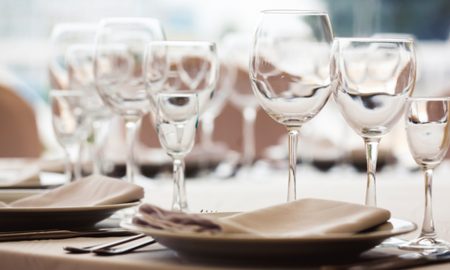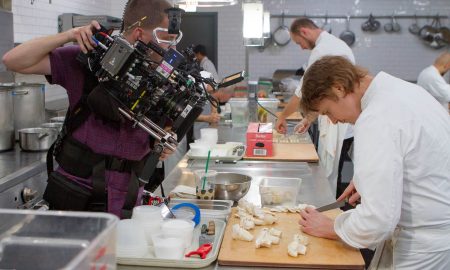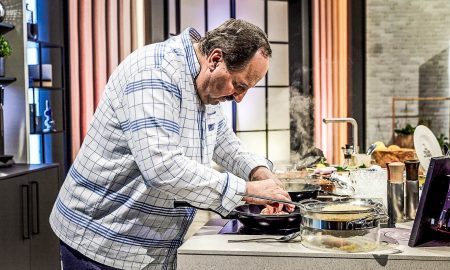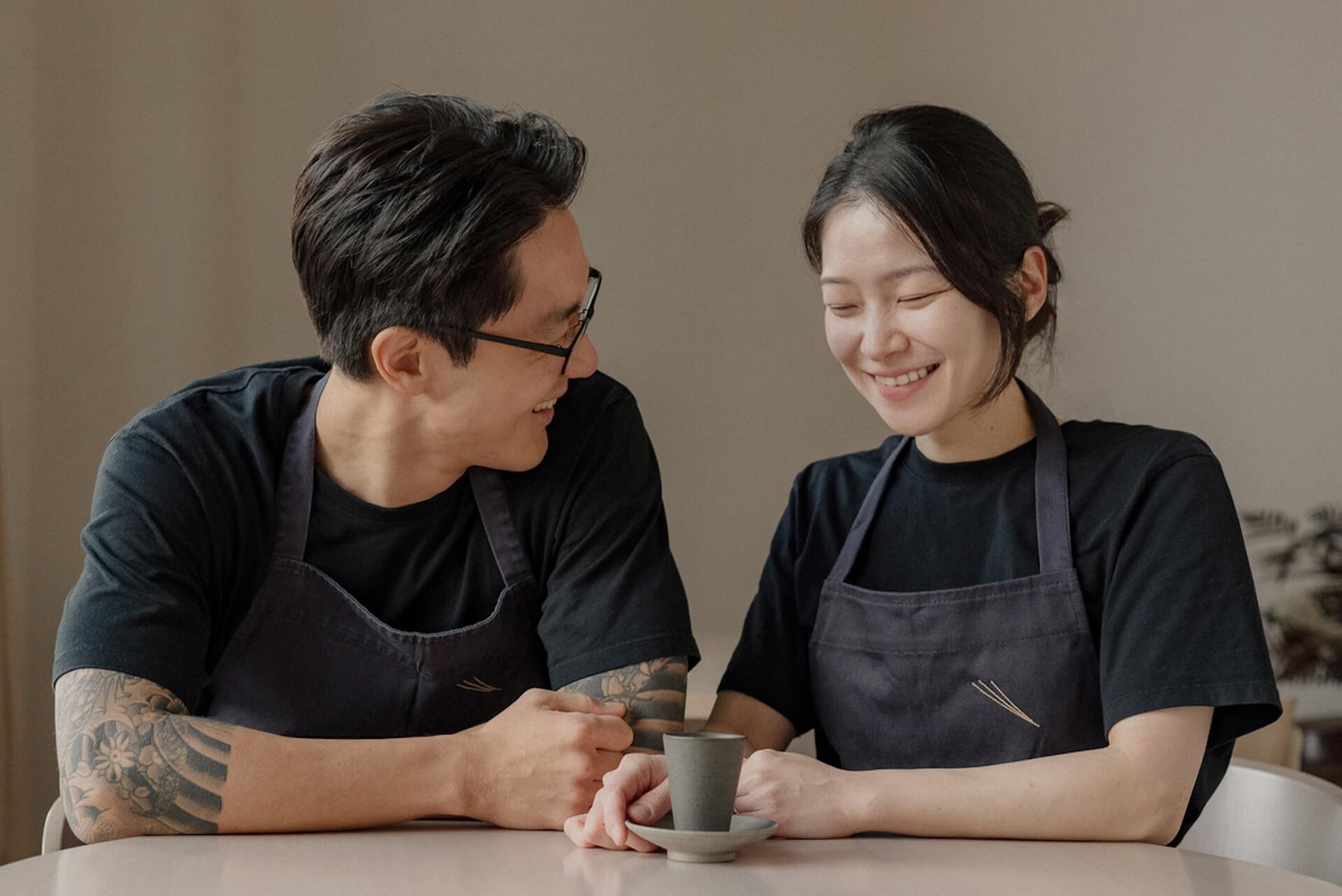Ever since Korean temple cuisine was introduced by the Buddhist nun Jeong Kwan on the famous TV cooking show “Chef’s Table”, the radiance of this gentle culinary art has delighted many connoisseurs. However, Korean temple cuisine is by no means a newfangled phenomenon. It has been around for over 1700 years and its core principles are more modern than ever. It encompasses many trending topics such as veganism, micro-seasonal cuisine, unprocessed ingredients, fermentation, sustainability and mindfulness. With its numerous recipes, the attractively illustrated book “Wookwan’s Korean Temple Food” reflects this interest and provides a good insight into the topic.
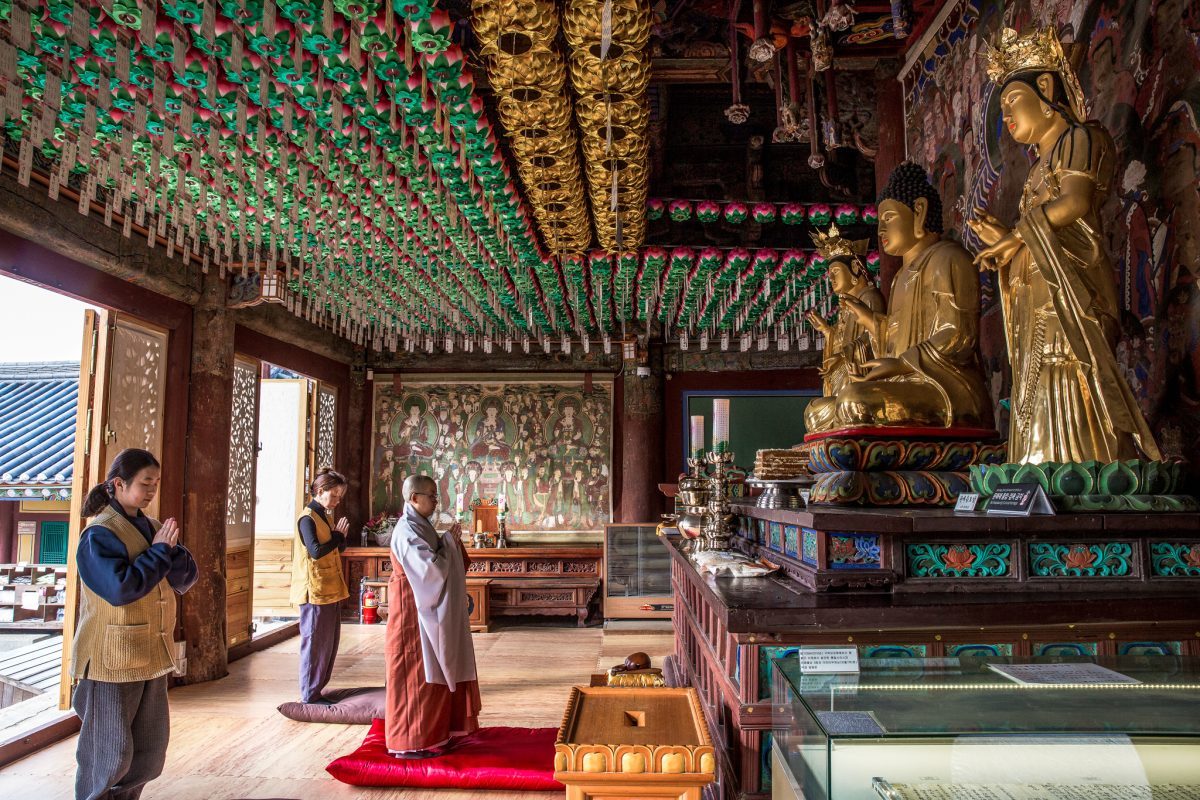
Image: Visit Korea
Seonjae also prepares Korean temple cuisine. The South Korean Buddhist nun is a temple food master familiar with the nuances of Korean temple cuisine. “Since my maternal grandmother was a lady-in-waiting in the Suragan palace kitchen, she taught me to cook from a very early age; later I learned from a venerable monk in the monastery,” the nun says. She also knows how this exotic concept can enrich people who are western oriented. In an exclusive workshop, Seonjae took a look into the pots and invited everyone to join in the fun. KTCHNrebel was there.

Image: Visit Korea
Easy-to-make temple cuisine
Although everyone stayed in their own kitchen due to Corona and Seonjae was only present remotely on a screen, the nun persuasively conveyed the joy of cooking together and immediately eased all inhibitions regarding this foreign cuisine. They chopped and stir-fried and sampled, and the exciting mix of the unfamiliar and the familiar made for a jovial atmosphere and gave the group plenty to talk about. Simple and aromatic compositions such as pickled walnuts in chilli paste, mushroom-vegetable pans with soybean paste or steamed potatoes were created in no time. Seasoning ingredients such as chili, soybean paste and soy sauce provided appetizing pep and thick rice syrup with a hint of sweetness helped pleasantly balance the taste. Sounds delicious? That’s because it is. After all, there are always six basic flavors in harmony. “The six flavors are salty, sweet, sour, bitter, spicy and astringent,” explains the temple chef. “These should harmonize with each other.”

Image: Visit Korea
Enjoy and do good
But there’s more to it than that. Seonjae says, “With temple cuisine and its basic idea that body, mind and we are all one, I would like to contribute to wisely solving the problems of global warming and the associated natural disasters that we are currently experiencing, as well as create a hopeful, peaceful future.” Therefore, this is a cuisine that fits perfectly into our time!
The best part? This friendly cuisine allows a lot of leeway in the choice of ingredients. Regional foods fit the bill perfectly and experimenting with what is available is expressly permitted. Buying ingredients for the workshop was also by no means strict or rigid. The alternatives provided made it easy for everyone to put together their own personal shopping cart. An exception to this were the five banned ingredients, which are spring onions, garlic, shallots, chives and leeks. This is because Buddhists believe they can negatively influence concentration during meditation.
Until now, the concept has barely been implemented in gastronomy outside Korea. “As far as I know, there are no restaurants abroad that specialize in Korean temple cuisine,” explains the friendly nun. It’s truly a shame – and one more reason to consider this promising concept as a restaurateur.
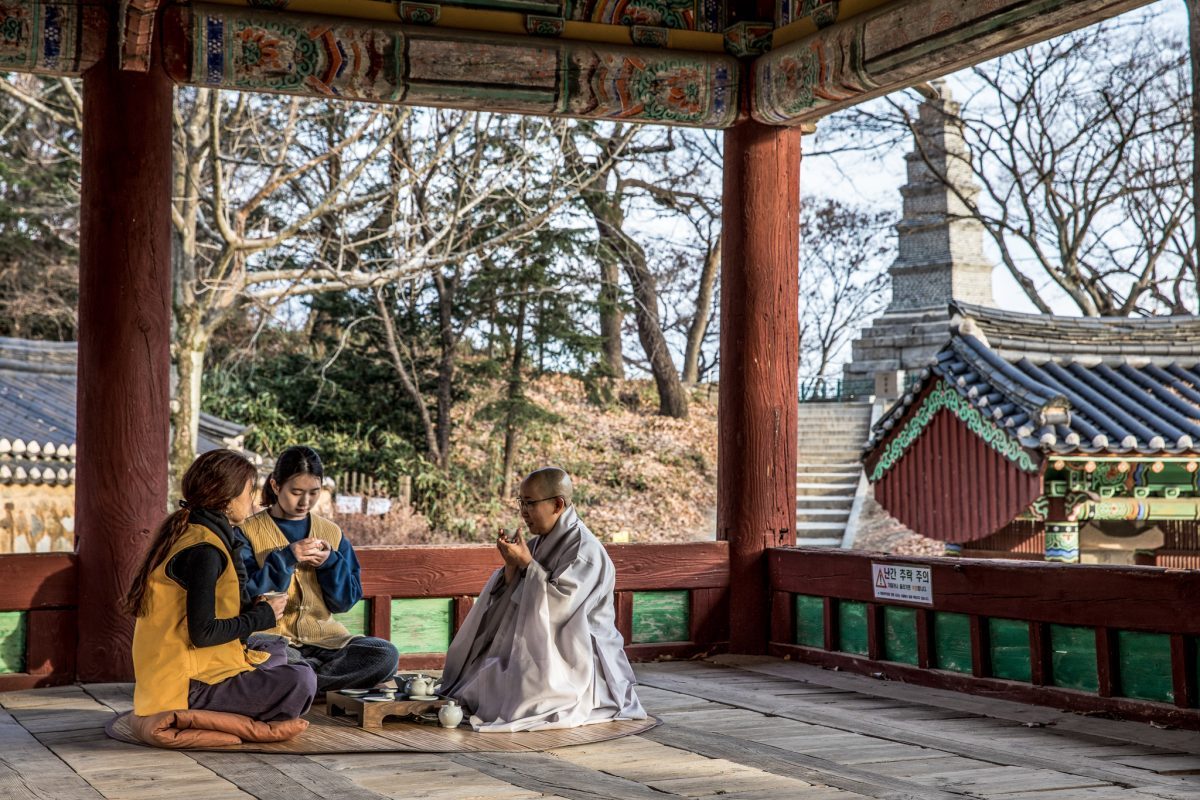
Image: Visit Korea
Temple cuisine is fully in line with the vegan trend
What stands out right away: This cuisine is vegan. Based on the Buddhist Karuna, which is compassion for all living creatures, it does not contain any animal ingredients and therefore fits with one of the most important diet trends of our time. The temple dishes also contain many healthy elements: high-quality protein from beans, unsaturated fatty acids from different types of oil, various vitamins, minerals, cellulose and other valuable ingredients from many types of vegetables. In addition, only natural flavor enhancers such as seaweed, mushrooms, wild sesame seeds and raw bean powder are used in temple food. Last but not least, the many fermented ingredients play an important role in health – and this is another trendy aspect of delicious temple cuisine.

Image: Visit Korea
Fermentation is among the secret delights
In the Korean temples, many preserved and fermented dishes are prepared for the long winters: Kimchi with all kinds of vegetables, bean paste, chilli paste and soy sauce as well as pickled vegetables such as Toona Sinensis (Chinese Surenbaum) and Szechuan pepper. The pastes in particular offer nutrients that cannot otherwise be absorbed by eating raw vegetables. Seonjae also loves them. “They contain the four elements of fire, water, earth and air, as well as time,” she says. “I think it’s the best cure.”

Image: Visit Korea
Happy ingredients make us happy
Her advice: “We should treat our food as medicine and therefore only consume as much as our body absolutely needs.” She also stresses the need to select good ingredients. “Good ingredients are seasonal ingredients that have been naturally grown and harvested without using pesticides and that have caused minimal harm to nature,” she explains. “We are happy when we use natural ingredients that have grown happily,” she says. “We should also be grateful to nature and to all those who have worked hard for our food. And we should share these good thoughts with the diners. If we stick to that, we won’t have any food left over either.”

Image: Visit Korea
Sustainability – more than a buzzword in Korean temple cuisine
In fact, sustainability and economy are fundamental principles of this concept. This includes eating vegetables whole so that no edible components are discarded and the various nutrients are fully preserved. When polishing grains of rice, attempts are made not to damage the surface too much to avoid destroying the nutrients. The water used to wash the grains of rice or to soak mushrooms is also used as a broth for stews. The water in which vegetables are blanched is cooked into a soup or used as mul kimchi (water kimchi).

Image: Visit Korea
Temple cuisine stands for attentive enjoyment
The most important principle, however, is and remains the grateful, mindful and shared enjoyment. As Seonjae explains, “In Buddhism, food is called gongyang – offering sacrifices. Gongyang means sharing. The encounter between the food and me is very valuable. From these precious encounters, we share our food and hearts with families, friends, fellow human beings and also with the living creatures of nature.” The result: “We feel peace.”

Image: Visit Korea
Experience the temple cuisine authentically with a temple stay
One thing is clear: The most intense way to immerse yourself in the fascinating world of Korean temple cuisine is to stay directly at a temple. Around Seoul alone you will find 24 temples where you can experience the everyday life of practicing Buddhists for two to three days. This includes devotions and meditations as well as tea ceremonies and of course Barugongyang, the ritual monastic meal.

Image: Visit Korea



